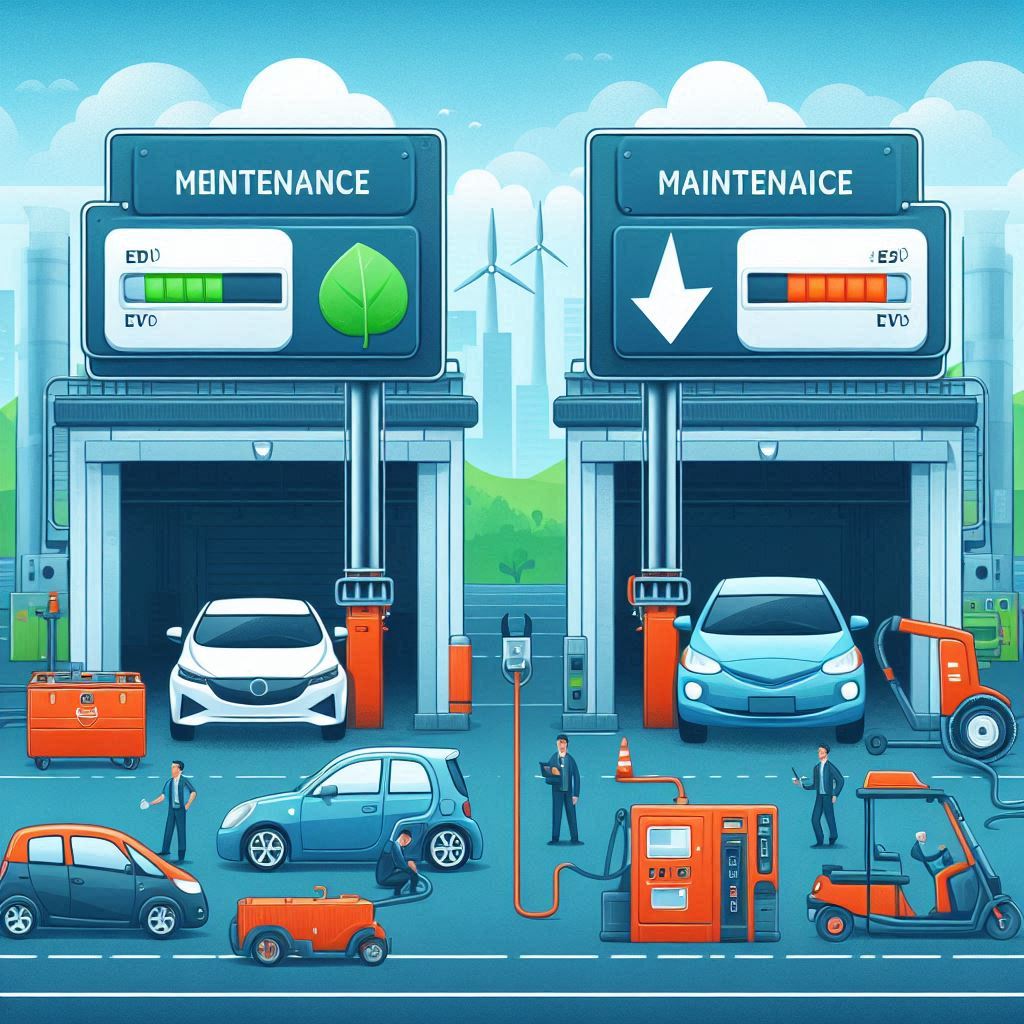Comparing Maintenance Costs EV vs. ICE Vehicles
Porsche Mechanic | Midtown Auto Repair | Sacramento
P. 916.382.7700
When evaluating the long-term maintenance costs of electric vehicles (EVs) versus traditional internal combustion engine (ICE) vehicles, several factors come into play. A comprehensive analysis reveals that EVs generally offer lower maintenance costs over their lifespan compared to traditional vehicles. This difference primarily stems from the simpler mechanical architecture of EVs and the reduced need for routine maintenance tasks.
- Fewer Moving Parts: One of the most significant differences between EVs and traditional vehicles is the number of moving parts. An internal combustion engine has hundreds of moving parts, including the engine, transmission, and exhaust system, which require regular maintenance and are prone to wear and tear. In contrast, EVs have a much simpler design, typically featuring around 20 moving parts in the drivetrain. This simplicity reduces the likelihood of mechanical failures and the need for costly repairs.
- Oil Changes: Traditional vehicles rely on regular oil changes to lubricate the engine and ensure its smooth operation. This maintenance task is typically required every 3,000 to 7,500 miles, depending on the vehicle and oil type used. Over the life of a vehicle, these oil changes can add up to a significant expense. EVs, on the other hand, do not have an engine that requires oil, eliminating this cost entirely.
- Brake Wear: EVs often use regenerative braking systems, which convert the vehicle’s kinetic energy back into electrical energy to recharge the battery. This process significantly reduces the wear and tear on traditional friction brakes. As a result, brake pads and rotors in EVs tend to last much longer than those in ICE vehicles, further lowering maintenance costs.
- Fluid Checks and Changes: ICE vehicles require several fluids to be checked and replaced regularly, including transmission fluid, coolant, and power steering fluid. EVs typically require fewer fluid changes, as they do not have these components. The primary fluid that may need attention in an EV is the coolant for the battery and thermal management system, but even this requires less frequent servicing compared to the fluids in a traditional vehicle.
- Exhaust System and Emissions Control: The absence of an exhaust system in EVs eliminates the need for related maintenance tasks, such as replacing exhaust pipes, mufflers, and catalytic converters. Additionally, EVs do not require emissions testing, saving both time and money.
While the initial purchase price of an EV may be higher than that of a traditional vehicle, the long-term maintenance costs are generally lower. The fewer moving parts, elimination of oil changes, reduced brake wear, and absence of many fluid changes and exhaust system maintenance tasks all contribute to the cost savings. These factors make EVs a financially appealing option for many consumers over the vehicle’s lifetime.


